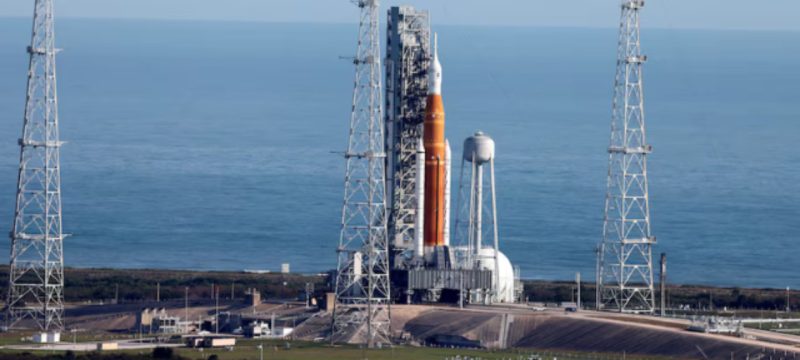NASA’s Artemis program, aimed at returning astronauts to the moon, is under fire for ballooning costs and significant delays. Despite nearly $100 billion spent since the project began, the ambitious mission has yet to launch any crewed flights. Critics, including budget watchdogs and space enthusiasts, claim the program is draining resources from other scientific initiatives.
Central to the criticism is the Space Launch System (SLS), the Artemis program’s heavy-lift rocket. The SLS has already consumed $23.8 billion, with NASA’s inspector general projecting that each launch could exceed $4 billion—a figure significantly higher than alternatives like SpaceX. Compounding the issue, the SLS isn’t designed to land directly on the moon, requiring astronauts to transfer to a separate lunar lander after reaching orbit.
Also Read: NASA’s Europa Clipper Begins Journey to Explore Jupiter’s Icy Moon
Additional challenges have surfaced with the Orion spacecraft, which has a budget of $20 billion but has faced technical issues, including a faulty heat shield. The Gateway space station, planned as a lunar mission support hub, has also raised eyebrows due to its $5 billion price tag and uncertain purpose.
As costs soar, critics argue that Artemis is diverting funds from other critical programs, such as the Veritas mission to Venus and the NEO Surveyor telescope. Some space exploration advocates are urging the next US administration to re-evaluate the program, questioning whether private companies could achieve similar goals more cost-effectively.
With no clear timeline for a crewed mission, questions about the future of US space exploration are growing, as many call for a shift towards more efficient and scientifically focused efforts.









